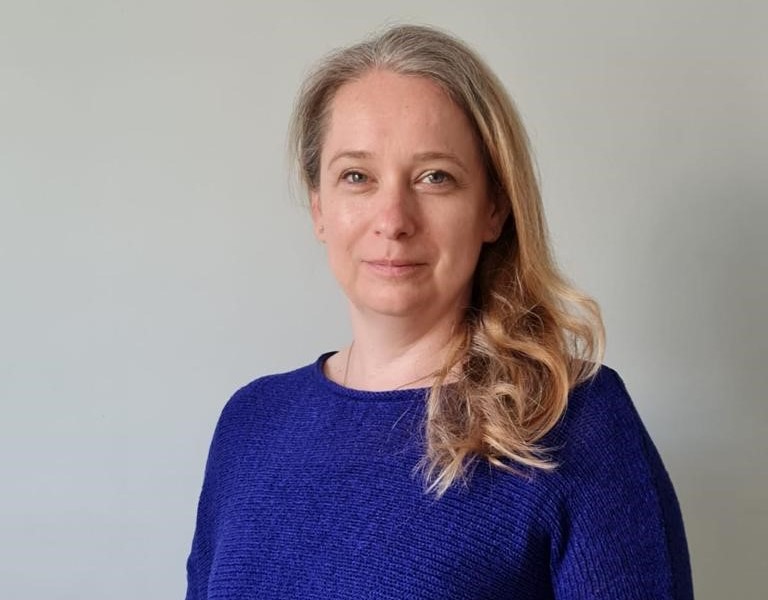How to recruit a diverse project team: inclusive hiring practices and tips

“To effectively communicate, we must realise that we are all different in the way we perceive the world and use this understanding as a guide to our communication with others,” Tony Robins.
I was asked to consider my experiences as a neurodivergent project manager in recruitment and progression. Looking back on what I have learned and know now through educating myself recruitment can be the obstacle to creating a high performing diverse project team that deliver benefits for human diversity. (You can read my previous article on learning how to fail in projects here.)
I am dyslexic and have ADHD, which means the main barriers for me starts with the application. My spelling / grammar can have errors, which are still stigmatised as a lack of intellect or not being detail orientated. If you take a step back the two things I’m being judged on, are easy things to support through technology/peer review, what’s not being allowed to shine is the problem solving, narrative and vision creation, and team building all that are essential for the role.
In EY report, How dyslexic capabilities can help organisations of the future, they highlight that the world of work is changing, the dyslexic strengths are the key skills of the future. Moreover, diversity is a dynamic condition for project success.
So how can we improve the recruitment process in project management to build a more diverse work force?
Clarity on requirements and skills. I think the first step when recruiting project professionals is to be clear about the strengths you actually require. Understand the skills that can be transferred. Look to create the right environment for those to shine, via technology, designing for the mind (PAS6463), removing stigmatised bias. This needs to be translated to job roles and therefore adverts that acknowledge and commit to providing adjustments, as the company has a desire to recruit diverse talent.
Review the current practices. Artificial intelligence as well as humans can screen out talent by inbuilt discrimination bias (as referenced by Information Commission Office). Create a process that is transparent and clarifies each recruitment stage from the beginning. Ensure means of communication is clear and flexible, and consider different formats such as telephone, email or video. Are your documents (Word, Powerpoint, PDF, websites) accessible? Can they be read by screen reader for example?
Consider the means of assessment. This goes back to understanding the actual skills you are looking to be demonstrated. To remove the bias, you need to be conscious of it first. Recruiting for a ‘good fit’ can mean that you don’t always gain the capability you need. Vary your assessment by task and also environment and interviewers. Ensuring a diverse panel can mean that you can challenge the bias and improve the experience for the candidate.
Reflecting back, here are my top three tips for improving recruitment for everyone:
- Identify biases that may deter individuals from applying. When creating job descriptions, include inclusive language and advertise in accessible formats.
- Make accommodations during the interview process, ensure candidate are encouraged to request adjustments. Provide a summary (not exhaustive) of possible requests or questions.
- Use innovative ways to test competency and value add for the role. This can level the playing field for those who may not excel at traditional interviews but have the potential to excel in the role.
The next important step is ensuring you have a robust and accommodating onboarding process. All of the above applies here, including proactive and clear processes for requesting workplace needs assessments and accommodations, access to your neurodivergent employee resource group, and ongoing training for other employees such as neuro-inclusive leadership.
Reviewing your recruitment processes, will not only improve the diversity and talent you recruit, it will also improve the delivery of your projects. By having a clear value to actively include all humans as having value, we start to question the status quo and understand that the world is built on hidden inequality. As APM reminds us, “We know that better project delivery is about achieving your desired outcome. We believe it’s about more than process alone. When doing so will make a difference, we challenge the status quo and champion the new. So, in a complex and shifting world, we help the project profession deliver better.” And to do that we need to be more systematically inclusive from the start.


0 comments
Log in to post a comment, or create an account if you don't have one already.